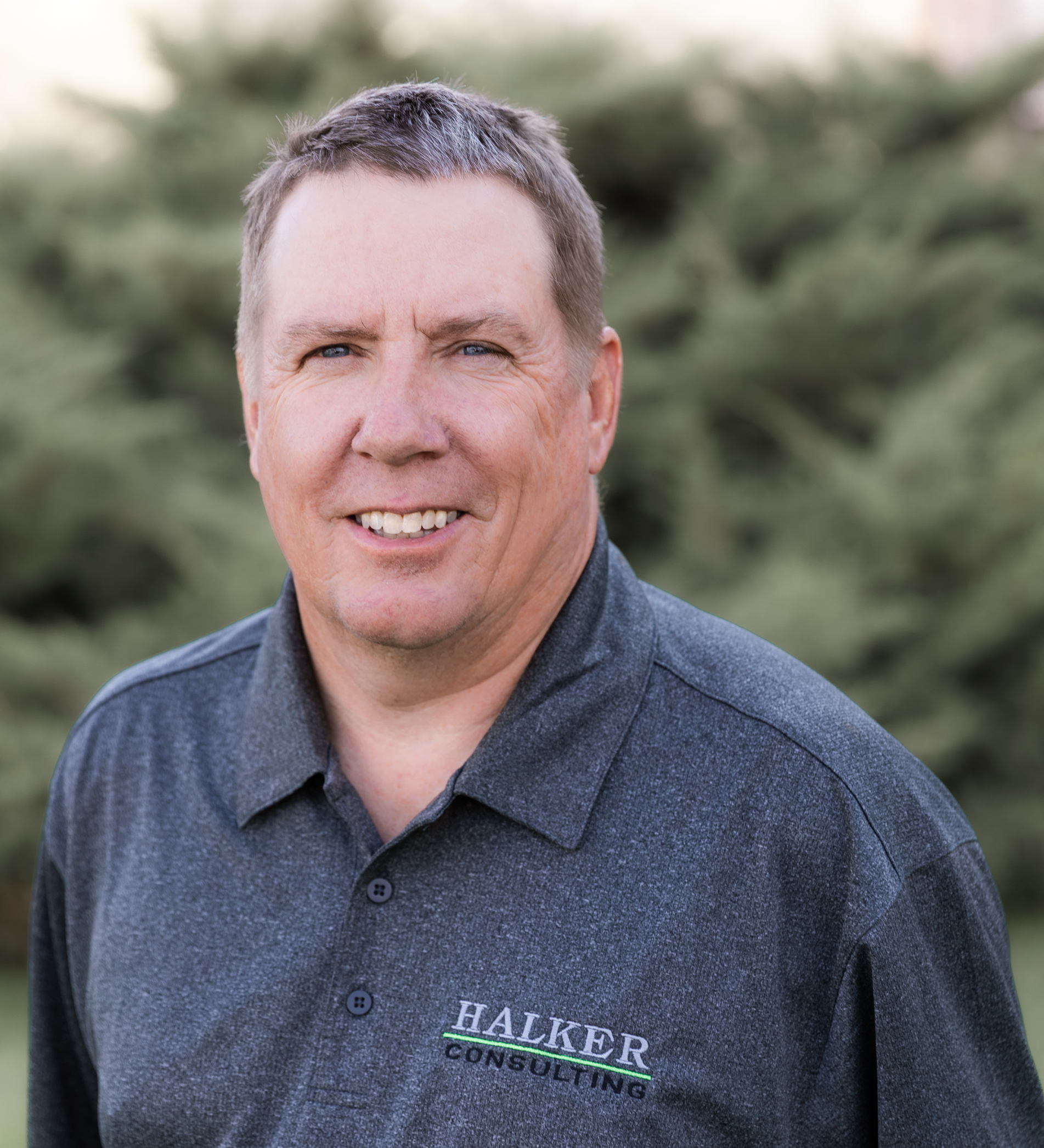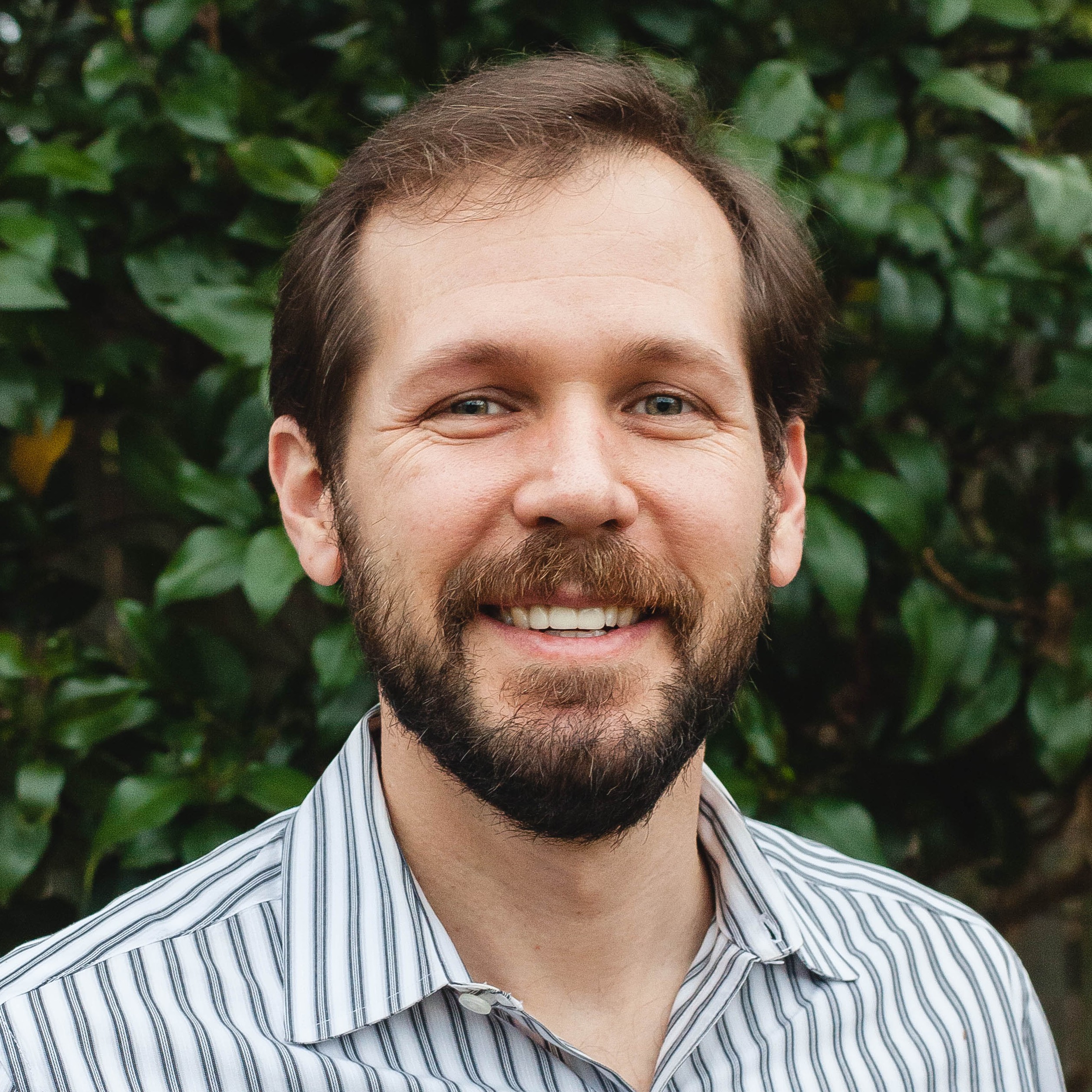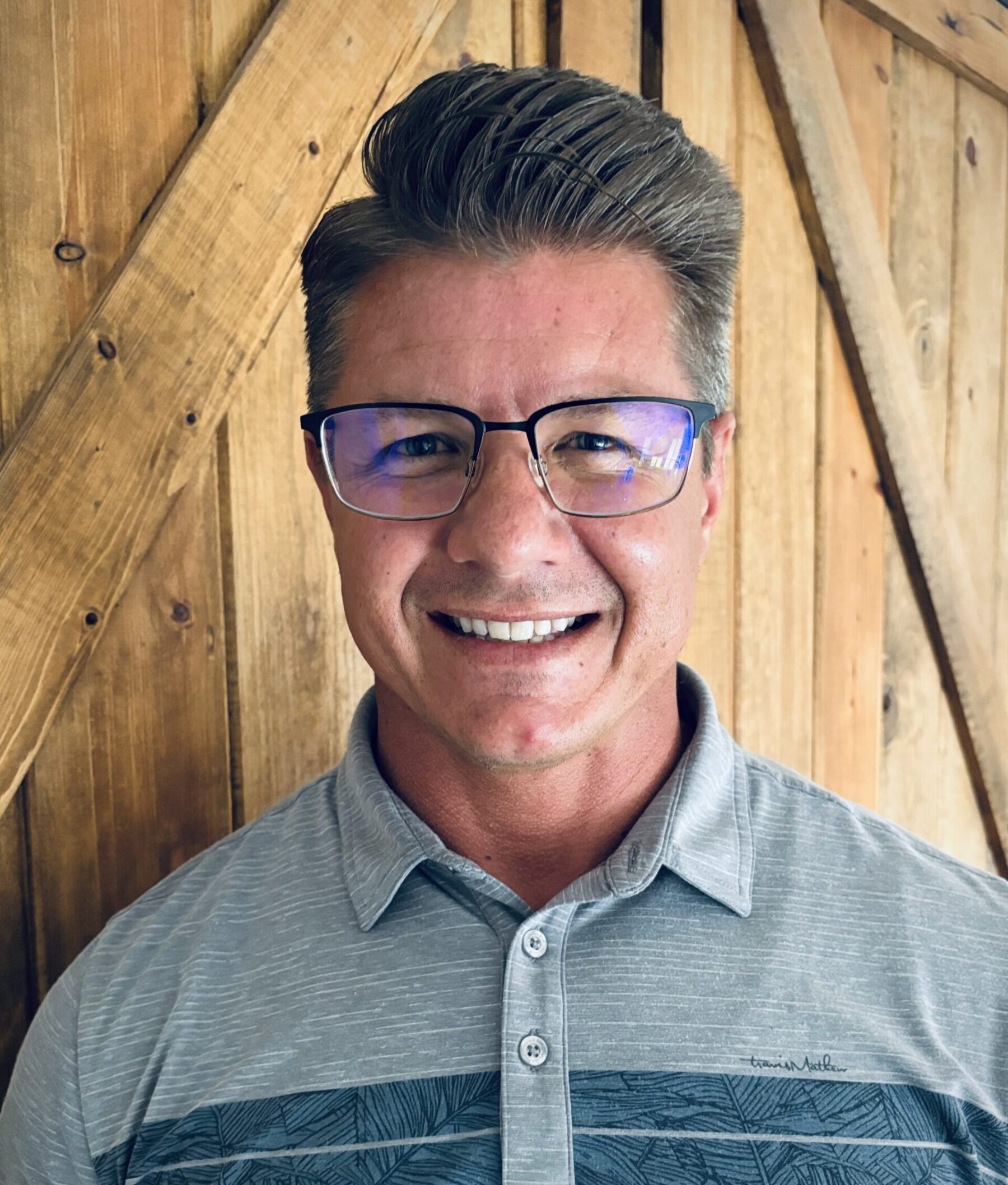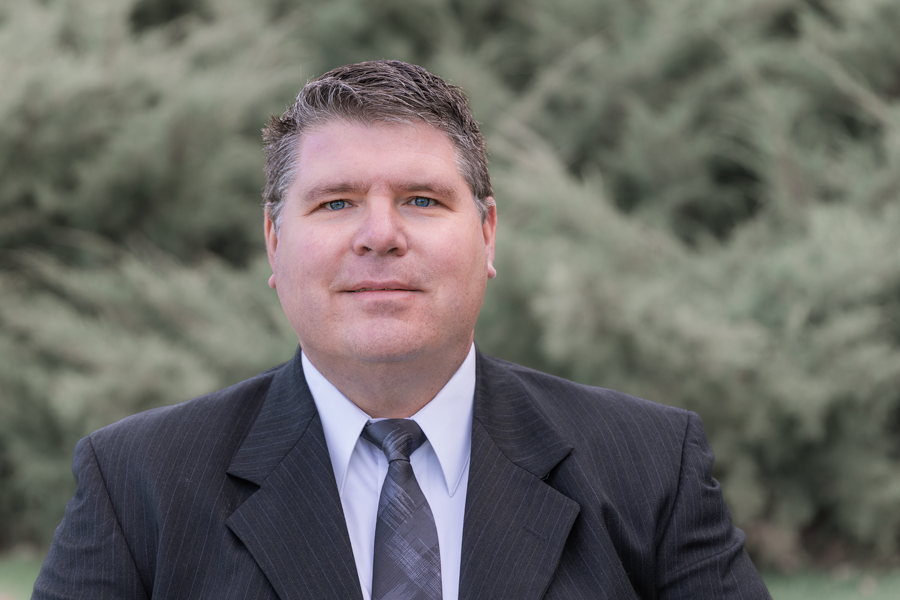Case Study
Multi-Well Site Facilities
2011
Western United States
Oil & Gas Infrastructure
Upstream
Services:
Project Management, Design, Process, Civil and Mechanical Engineering
Market Landscape:
The paradigm of American energy is undergoing a massive transformation. In addition to the evolution of renewable energy technologies, and the changes being driven by the consideration of climate issues, the oil and gas opportunities evolving within the United States could be the key factor in the country’s successful energy independence. At the heart of this opportunity in oil and gas is directional drilling techniques and multi-well well sites. These off-shore-born approaches to upstream production have come onshore and are proving to be true game changers.
Multi-well Production Facilities are the engineered surface facilities that leverage directional drilling techniques and provide the primary processing and conveyance for multiple oil and gas wells producing product at a single well site.
To give an example of the effectiveness of directional drilling, the U.S. Department of Energy indicates that using directional drilling can lead to an increase in reserves by 2% of the original oil in place. The production ratio for directional wells versus vertical wells is 3.2 to 1, while the cost ratio of directional versus vertical wells is only 2 to 1 and the productivity of directional wells is almost 400 percent higher than vertical wells, while they cost only 80 percent more. (Naturalgas.org, 2011)
By adopting these new techniques, American oil and gas well owners and operators have benefited and derived value across their entire business.
Client Challenge:
A leading independent energy company explores, develops, and produces crude oil and natural gas in the U.S. and internationally. The energy company (“The Client”) owns and operates facilities in an active oil and gas basin in the Western United States. With the industry moving away from vertical well site drilling, The Client understood that to be successful in the upstream market they had to capitalize on the value that comes from directional drilling techniques.
The exponential increase in production from directional drilling meant The Client would likely experience an increase in risk at the well sites due to increased production, system pressure, and field complexity. They recognized the importance that safe engineering and design could play in their ability to handle increased production. The Client did not have the in-house expertise to address this opportunity. Therefore, they partnered with Halker Consulting, LLC (“Halker”).
Halker’s multi-well facilities design engineers leveraged an innovative, but proven modular approach to scale, centralize, and consolidate surface processing solutions to optimize flow rates and type curve efficiencies. Halker’s expertise in this space allowed The Client to stay focused on their core business, while Halker managed, designed, and engineered the project to ensure safer, more efficient, and environmentally aware facilities.
The Solution:
Halker’s designers and engineers provided a comprehensive design and construction package. They evolved and optimized the client’s multi-well processing facility technology over three generations by taking a modular approach to the design of the processing facilities. Halker dedicated resources from its process, civil, and electrical engineering groups to complete this project on time and on budget.
The gathering facilities were designed by Halker’s engineers to transport gas and commingled oil and water via two separate pipelines to the central processing facility (CPF). The system was hydraulically optimized based on well type curves and total expected production data to maximize capacity and minimize pressure drop. Mobile, skid mounted pigging facilities were designed and specified by Halker’s engineers to prevent line accumulation/blockages and allow ease of relocation when pipelines were extended. Halker’s engineers collaborated with The Client to provide an inherently safe and efficient gathering system design consistent with DOT Part 192 and ASME B31.8.
The original generation of the multi-well pad allowed for individual trains from each wellhead. This reduced tank battery capacity, co-mingling gas after measurement, and centralizing multiple pads on a single facility. The second phase of the multi-well processing facility reduced equipment needs by introducing bulk separation with test units for allocation. This reduced equipment usage again and allowed for further land savings.
The final phase of the facility simply meshed the multi-well design together with the gathering system and CPF. The equipment is further reduced by sending all production directly into the gathering system and then to the CPF, eliminating the need for 3-phase separation and tank storage at the well site.
The Result:
By utilizing multi well sites, The Client experienced economic, safety, and environmental benefits.
Economic Costs Savings
The cost saving technology of directional drilling allowed for several subterranean sources to be accessed by the same pad across multiple locations in a reservoir. The Client was able to maximize asset value through economies of scale and better manage equipment costs across multiple type curve production flows.
Time to Market
With the centralization of multi-wells and equipment functions, The Client’s site construction times were reduced but with higher product volumes. This allowed for faster speed-to-market with more products, resulting in more revenue, sooner.
Safety and Risk
The Client depended on Halker’s significant experience in safe facilities design and engineering to help mitigate the risk of increasing production volumes. Halker adopted a framework of field safety based on OSHA PSM regulations. Halker’s trained engineers worked from these industry standards and proven best practices to build a high volume, site with a higher level of safety.
Environmental
The additional output of Halker’s consolidated and centralized facilities design significantly decreased The Client’s environmental impact. The multi-well site solution decreased land disruption and better management of point-source emissions – a key requirement for permitting and accessing in the new basins being considered for production. The multi-well site also lowered the amount of additional acreage needed for extra pads and reduced the amount of surface disturbance needed to successfully produce hydrocarbons.
Ultimately, Halker helped The Client leverage new drilling technologies quickly, safely, and with the correct industry standards. And, as a result, The Client benefited across all areas of their business.
Site Statistics

 Curtis Anderson is a seasoned Projects Director at Halker, specializing in managing projects for electric utilities and renewable energy companies, including high voltage power, solar, wind, and battery energy storage systems (BESS). Prior to his current role, Curtis held various leadership positions with 12 years in the industry. As Technology Innovation Manager, he was instrumental in establishing and leading a Product and Innovation team within the Power and Renewables Industry, driving technology enablement initiatives, and fostering a culture of innovation. His work included guiding the development of new products, implementing AI-driven solutions, and supporting the launch of industry-first SaaS offerings. Curtis also played a key role in business-to-business collaborations, strategic planning, and served as a member of an Artificial Intelligence Governance Board, focusing on enhancing operational efficiency through technology and R&D efforts.
Curtis Anderson is a seasoned Projects Director at Halker, specializing in managing projects for electric utilities and renewable energy companies, including high voltage power, solar, wind, and battery energy storage systems (BESS). Prior to his current role, Curtis held various leadership positions with 12 years in the industry. As Technology Innovation Manager, he was instrumental in establishing and leading a Product and Innovation team within the Power and Renewables Industry, driving technology enablement initiatives, and fostering a culture of innovation. His work included guiding the development of new products, implementing AI-driven solutions, and supporting the launch of industry-first SaaS offerings. Curtis also played a key role in business-to-business collaborations, strategic planning, and served as a member of an Artificial Intelligence Governance Board, focusing on enhancing operational efficiency through technology and R&D efforts. Shannon McKibben is the director of Environmental Engineering at Halker, executing environmental, health, and safety projects for clients in construction, oil & gas, transportation, and power delivery. Under Shannon’s leadership, Halker’s Environmental Engineering group is actively diversifying from its historical role serving primarily road and highway construction clients into a support group for all of Halker’s projects, focusing on energy delivery and development.
Shannon McKibben is the director of Environmental Engineering at Halker, executing environmental, health, and safety projects for clients in construction, oil & gas, transportation, and power delivery. Under Shannon’s leadership, Halker’s Environmental Engineering group is actively diversifying from its historical role serving primarily road and highway construction clients into a support group for all of Halker’s projects, focusing on energy delivery and development. Dominic brings over 15 years of leadership in privately held and PE‑backed firms. Dominic’s experience in the energy industry expands across several sectors, including refining, midstream & pipeline and delivering fully modular facility solutions in the upstream production arena. Dominic has been involved in the sales and project management of more than 30 fully modular facilities in the Permian basin. He has built scalable go‑to‑market strategies that have helped drive impressive revenue growth: from $10M to $25M at Welker, and launching Petrosmith’s Modflex line to $40M in three years, while more than doubling revenue with its largest client.
Dominic brings over 15 years of leadership in privately held and PE‑backed firms. Dominic’s experience in the energy industry expands across several sectors, including refining, midstream & pipeline and delivering fully modular facility solutions in the upstream production arena. Dominic has been involved in the sales and project management of more than 30 fully modular facilities in the Permian basin. He has built scalable go‑to‑market strategies that have helped drive impressive revenue growth: from $10M to $25M at Welker, and launching Petrosmith’s Modflex line to $40M in three years, while more than doubling revenue with its largest client. 




 Philip Barr joined Halker in April 2023. With nearly 20 years of structural engineering experience, he has contributed to projects across the oil and gas, pharmaceutical, chemical, mining and metals, and manufacturing industries. Philip has successfully led structural design teams in executing projects totaling over one billion dollars in value. He has also worked internationally as a field engineer and client representative, gaining valuable experience in constructability, modular design, and retrofit construction. As Halker’s Director of Structural Engineering, Philip draws on his extensive background and technical expertise to deliver innovative and cost-effective structural solutions for clients across a wide range of industries.
Philip Barr joined Halker in April 2023. With nearly 20 years of structural engineering experience, he has contributed to projects across the oil and gas, pharmaceutical, chemical, mining and metals, and manufacturing industries. Philip has successfully led structural design teams in executing projects totaling over one billion dollars in value. He has also worked internationally as a field engineer and client representative, gaining valuable experience in constructability, modular design, and retrofit construction. As Halker’s Director of Structural Engineering, Philip draws on his extensive background and technical expertise to deliver innovative and cost-effective structural solutions for clients across a wide range of industries.
 Cory Shattuck is the Vice President of Power Services at Halker, based in Centennial, Colorado. With a career spanning roles such as Director of Power Delivery, Utility-scale Solar Technical Manager, Substation Technical Manager, and various engineering positions, Cory brings a wealth of experience to the energy sector. Cory’s expertise includes substation design, medium-voltage underground collection systems, electrical studies, and relay settings. In his current role, he leads the Power Services division, overseeing project execution, technical excellence, and strategic growth. His leadership is grounded in a commitment to quality, safety, and innovation in power delivery solutions. He has served as a Quality Manager for a key client and contributed to both Quality and Safety Committees. Cory holds a Bachelor of Science in Electrical Engineering from the South Dakota School of Mines and a Master of Business Administration from Colorado State University. He is also a licensed Professional Engineer.
Cory Shattuck is the Vice President of Power Services at Halker, based in Centennial, Colorado. With a career spanning roles such as Director of Power Delivery, Utility-scale Solar Technical Manager, Substation Technical Manager, and various engineering positions, Cory brings a wealth of experience to the energy sector. Cory’s expertise includes substation design, medium-voltage underground collection systems, electrical studies, and relay settings. In his current role, he leads the Power Services division, overseeing project execution, technical excellence, and strategic growth. His leadership is grounded in a commitment to quality, safety, and innovation in power delivery solutions. He has served as a Quality Manager for a key client and contributed to both Quality and Safety Committees. Cory holds a Bachelor of Science in Electrical Engineering from the South Dakota School of Mines and a Master of Business Administration from Colorado State University. He is also a licensed Professional Engineer.



